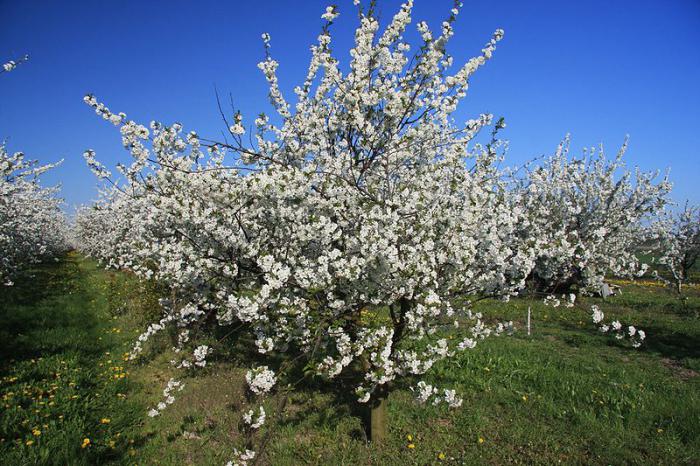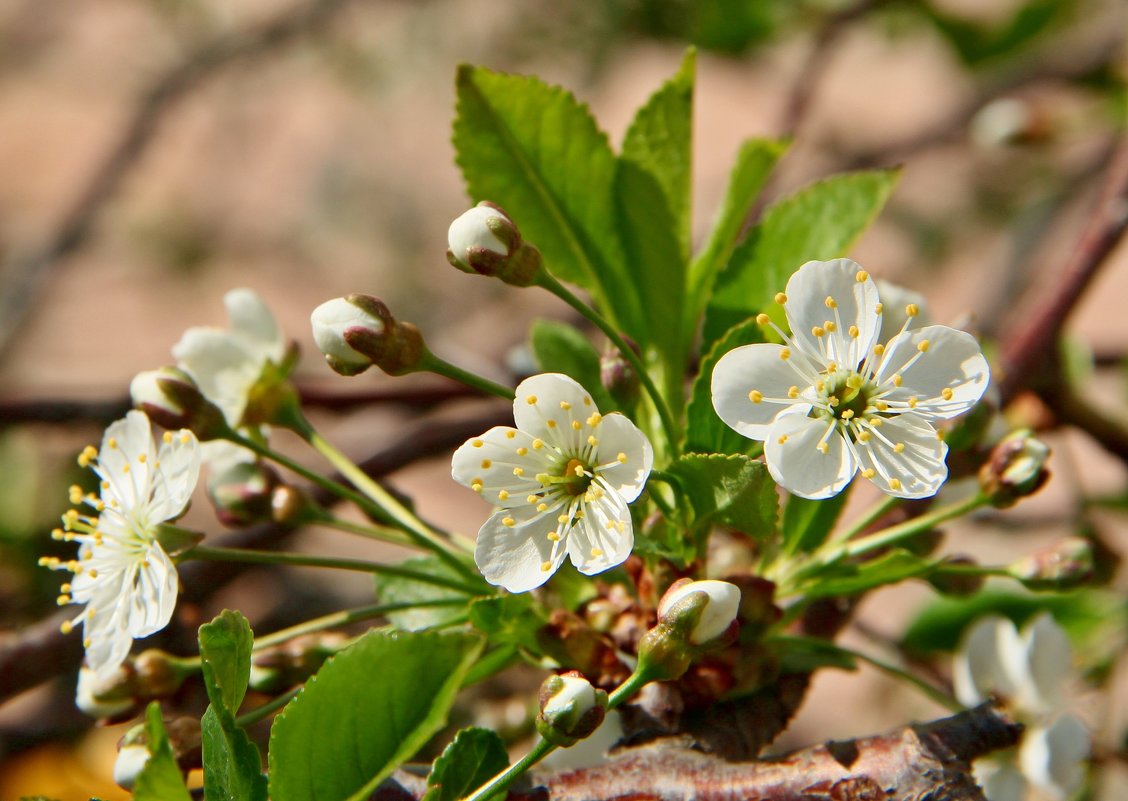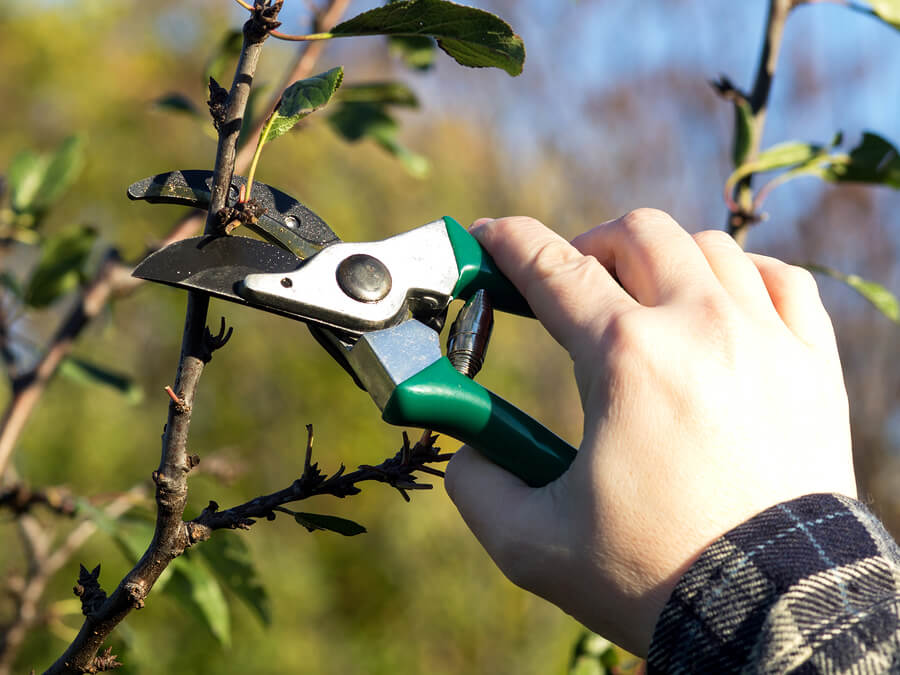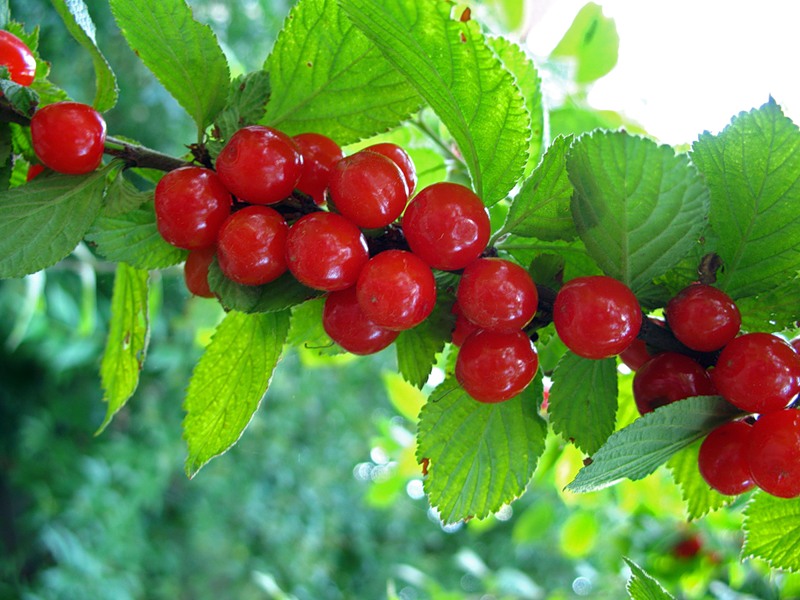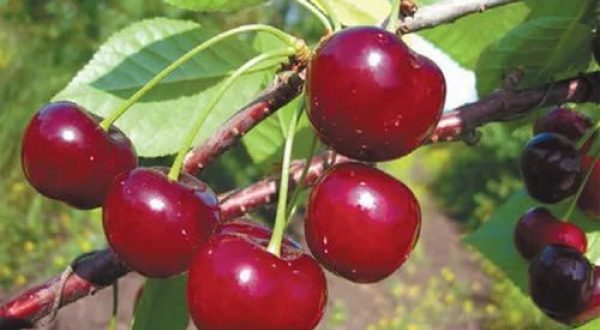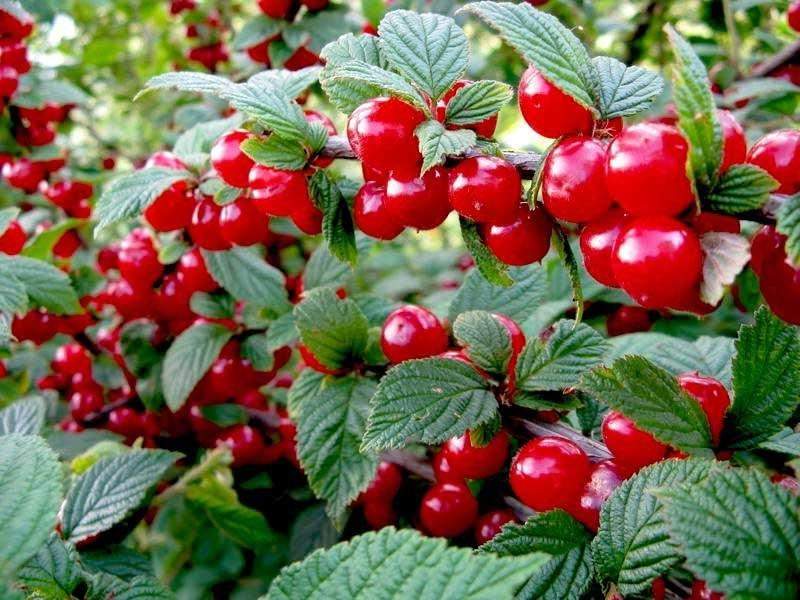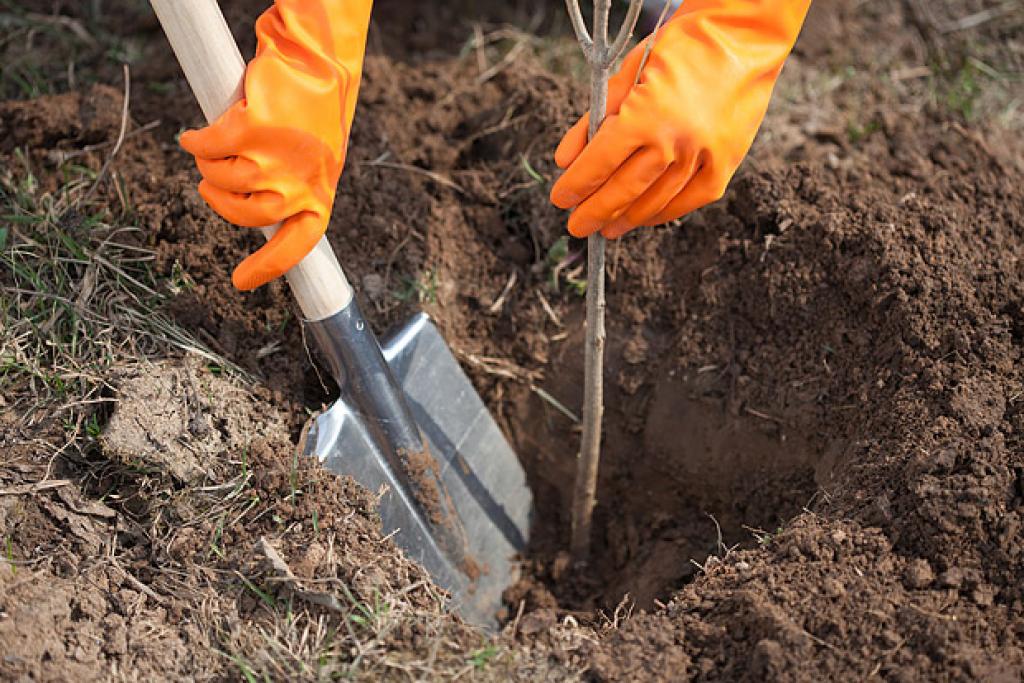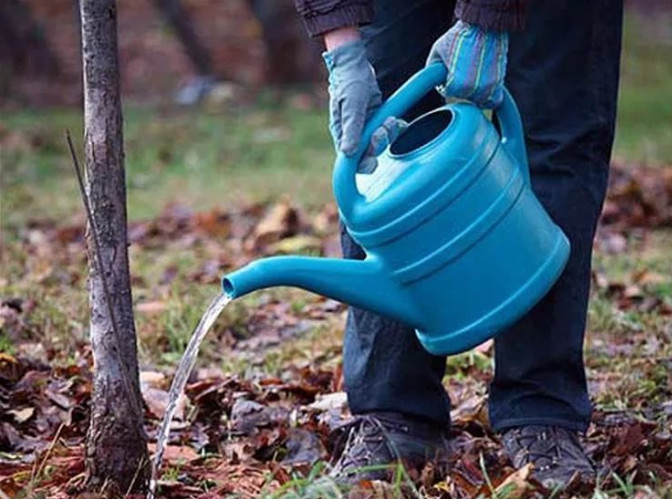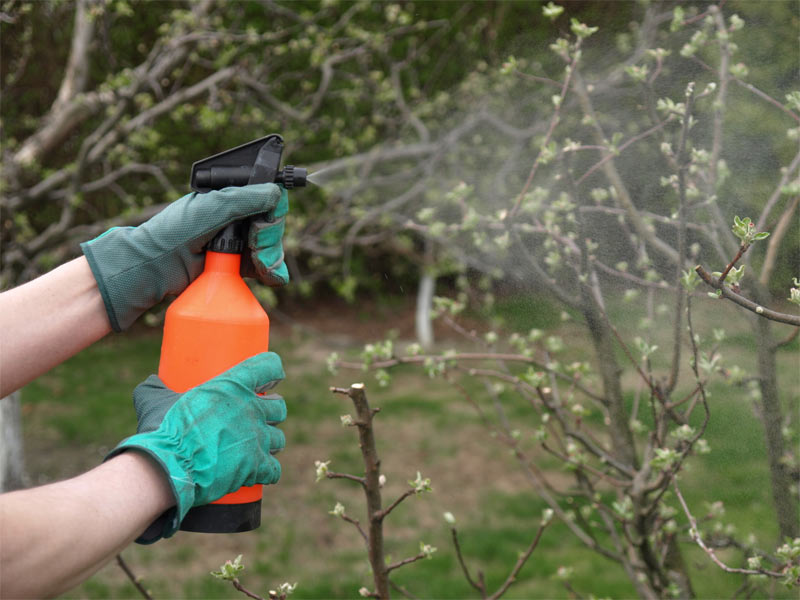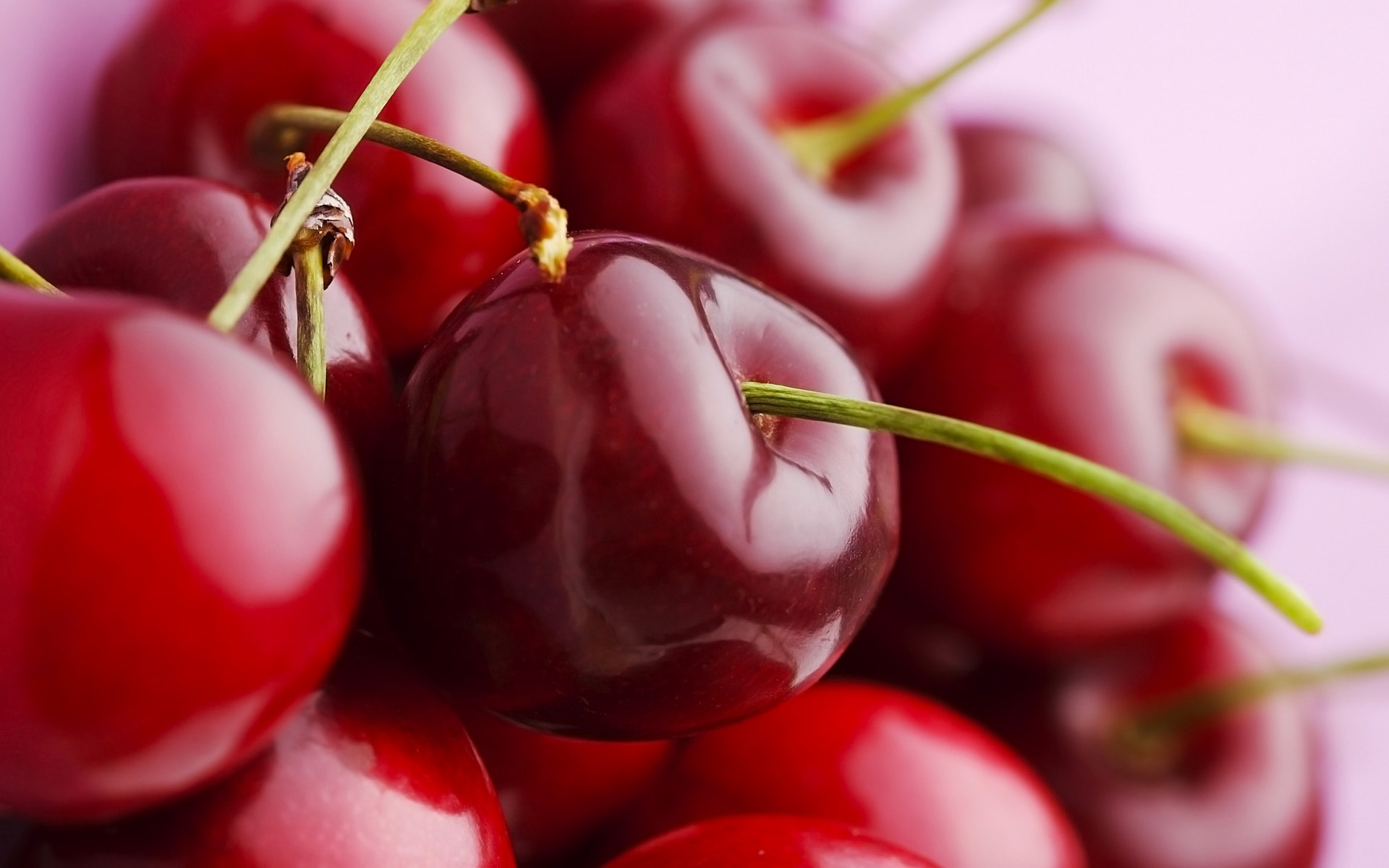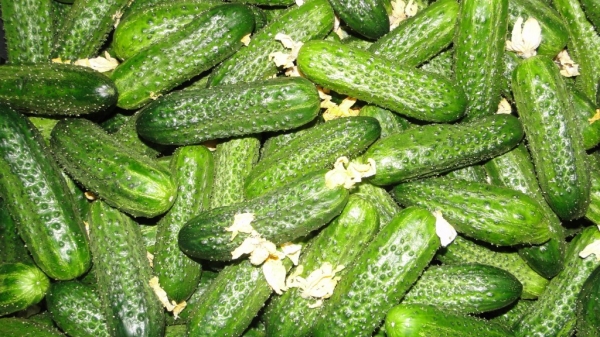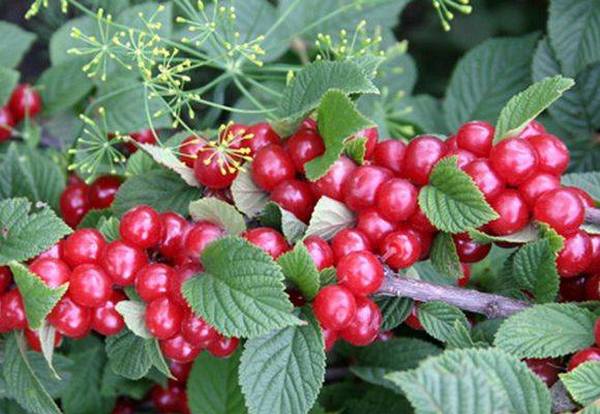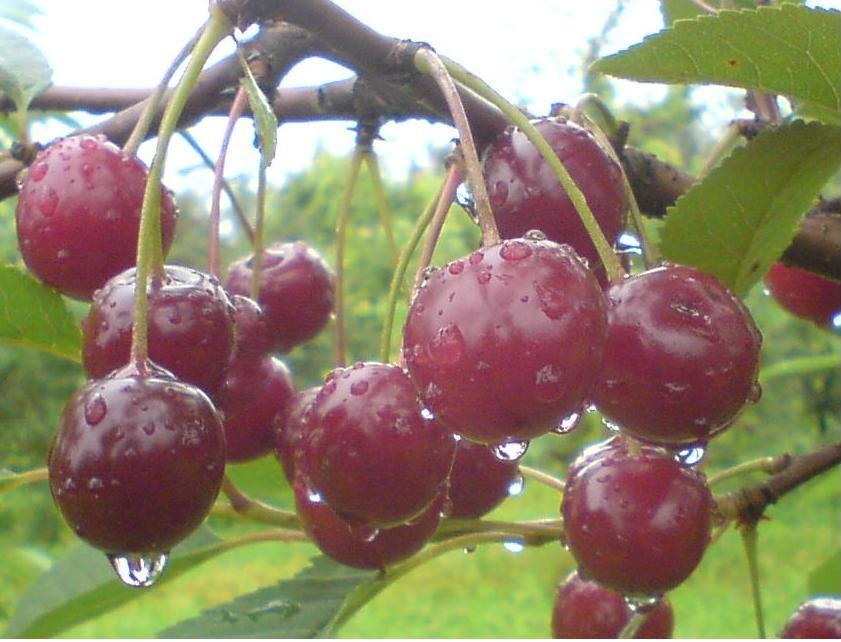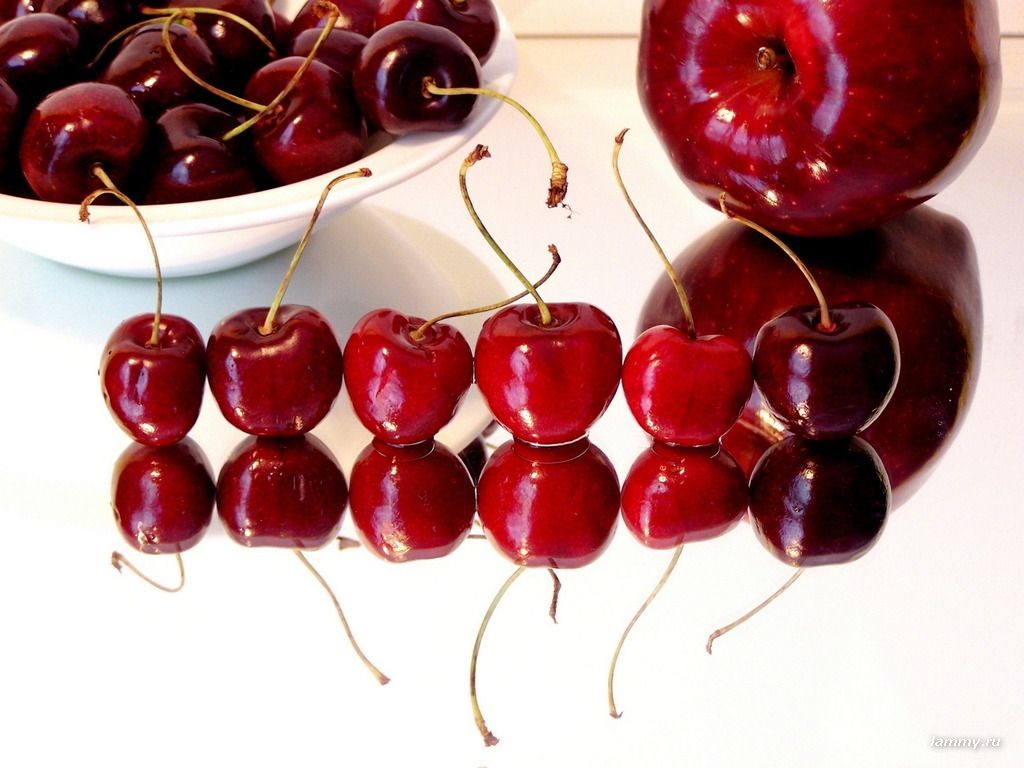Content:
Cherry came to us from the Crimea and the Black Sea coast of the Caucasus, flooded not only the middle zone, but also Siberia and the Urals, and became one of the favorite garden crops of Russians. It is consumed fresh, dried, frozen. They prepare preserves, jams, compotes, and use them for filling pies.
Cherry for the Leningrad Region: the best varieties
The weather in the Leningrad region is uncomfortable for growing an initially southern crop. But of the 140 varieties that exist today, one can find suitable cherry varieties for the Northwest region.
They should be selected taking into account unstable climatic conditions.
Cultivars must have good winter hardiness in order to withstand sufficiently low temperatures in winter and not suffer from spring frosts. Be self-pollinating to avoid dependence on the presence of pollinating insects.
The shape of the tree is of great importance: tree-like or bush. Tall trees will not be covered by any snowdrift: flower buds, left without shelter, will freeze, which will significantly reduce the yield. A bushy form of the plant, described as compact and short, is preferred. Such a plant will be completely covered with snow in winter and will not suffer from frost.
When choosing cherry varieties for the Northwest, one should give preference to those resistant to diseases inherent in this region.
Northern cherries meeting all of these conditions will produce good yields of tasty, healthy berries.
The right to choose a cherry seedling according to one criterion or another remains with the gardener, some are more interested in yield, others will prefer a variety that is unpretentious in care and growing conditions, while others will consider the quality and taste of berries to be the main characteristic.
Care advice
Based on the practice of experienced gardeners, the following recommendations can be distinguished:
- after planting a seedling, do not fertilize the soil for 2 years, but only loosen the ground, water in dry weather and weed out weeds;
- at the beginning of autumn, under the cherries, it is necessary to carefully dig up the soil and carry out water-charging irrigation to prepare for winter;
- be sure to mulch the soil in the trunk circle to preserve moisture;
- watering fruit-bearing trees abundantly during the growing season, flowering and at the time of fruit ripening;
- liming the soil every five years to keep acidity at a low level;
- periodically (during the growing season and during digging in the fall) apply the necessary mineral and organic fertilizers;
- in spring, before bud break, cut off damaged, weak and diseased branches;
- constantly cut out the emerging root shoots;
It is imperative to rejuvenate plants after (7-8) years by cutting out old branches, replacing them with strong root shoots. This will extend the life of the tree.
Rating of popular varieties for the Leningrad region
The table shows the characteristics of popular cherry varieties in the Leningrad region:
| Variety | Vladimirskaya | Ruby | Amorel | Shpanka Shimskaya | |
|---|---|---|---|---|---|
| Nikiforova | |||||
| Variety | Self-sterile | Self-sterile | Partially self-fertile | Self-sterile | |
| Plant type | Bushy, | Bushy and | Tree-like | Tree-like | |
| multi-barreled | treelike | ||||
| Portability | Frost resistant; | Excellent | Good winter hardiness; | Frost resistance | |
| frost | freezing possible | winter hardiness | possible freezing | Up to - (35 - 40) ᵒС | |
| flower buds. | flower buds. | ||||
| Height, m | 03.05.2018 | 1,5 – 2,5 | 2,5 - 3 | Until 6 | |
| The beginning of fruiting after planting, years | 04.05.2018 | On the 4th | Vaccinated: 2 - 3; | 03.05.2018 | |
| 01.01.1970 | own-rooted: 3 - 4. | 01.01.1970 | |||
| Term | flowering | Early may | The end of May | The end of May | Early may |
| collection | Mid july | Early august | Mid June - end of July. | Mid june | |
| harvest | |||||
| Productivity, kg | 5 | Up to 15 | 05.06.2018 | 50 | |
| Berries | Dark, | Beautiful | Small tender, light red | Large fragrant with pleasant sourness | |
| sweet and sour | quality, | ||||
| dark red | |||||
| Benefits | Resistance to | Resistance to | Good immunity to infections and diseases; | High productivity; | |
| arid hot | diseases; | Well tolerates winter; | strong immunity to coccomycosis; | ||
| weather, rot, disease, | good | high-yielding | endurance; | ||
| scab; | immunity | suitability for conservation, winemaking. | |||
| good | kmoniliosis. | ||||
| transportability .. | |||||
| disadvantages | Low | Not suitable for storage and processing. | Low transportability and keeping quality | ||
| transportability; | |||||
| defeat | |||||
| coccomycosis. | |||||
| Pollinators | Lyubskaya, Shubinka, | Vladimirskaya, | Shubinka, Shpanka Shimskaya. | Amorel | |
| Turgenevka | Patriotic. | Nikiforova, | |||
| Vladimirskaya. |
Note. The yield is given for the Leningrad region.
The remarkable qualities of felt cherries attract the attention of gardeners in the Northwest regions. It is distinguished by high winter hardiness, lack of root growth, early onset of fruiting, excellent seed germination. There are several varieties and varieties of this cherry, obtained by crossing with other fruit crops, which makes it possible to choose a wide variety of varietal seedlings.
Another popular variety in the Leningrad region is Denisena yellow, which is distinguished by high frost resistance and productivity.
Variety Shokoladnitsa with a rich chocolate color of cherries, similar to sweet cherries, has good frost resistance and high yield (up to 11 kg). But the variety is susceptible to fungal infections and requires constant care. In addition, for the winter, the trunks must be sheltered from rodents.
Noteworthy is the old, well-known variety of Vladimirskaya cherry. There are many varieties, and, accordingly, names (Izbyletskaya, Poditeleva, Vyaznikovskaya, Dobroselskaya, Vladimirovka, etc.).
Differs in high frost resistance, withstands frosts down to -35C, although at such a temperature freezing of flower buds is possible.
There are tree and bush forms. Fruiting in grafted seedlings begins 2-3 years after planting, those obtained from root shoots - 3-5 years. The fruits ripen in mid-July.
Fruits are fragrant, of excellent taste, up to 2 cm in diameter, the color of ripe cherries is almost black. Used fresh and for preservation.
Resistant to diseases, scab, which is especially important for the humid climate of the Leningrad region. It is grown everywhere in the Northwest region. It is self-fertile, suitable as pollinators: Lyubskaya, Turgenevka, Shubinka.
Cherry variety Rubinovaya zoned in the North-West region. Differs in frost resistance. The variety is affected by coccomycosis, but has good immunity to moniliosis. The fruits are tender, juicy and reach a weight of 4 g.
Self-infertile variety, successful pollinators: Vladimirskaya, Otechestvennaya.
Gardeners love Shpanka Shimskaya, it can withstand frost down to -35 ° C for a long time and spring frosts.Planting and maintenance is not particularly difficult, the endurance is at the level of the felt cherry. The plant lives up to 25 years.
A low-growing felt cherry was created for northern winters. For the Leningrad Region, varieties have been developed that grow in harsh weather conditions. Local gardeners like it for its compact crown and unusually sweet tasting berry.
One of the best varieties of felt cherries is Delight. It is early, productive (up to 9 kg), compact bush.
The most winter-hardy felt cherry is the Okeanskaya Virovskaya variety; it also has a high yield.
Planting times and methods
Cherries can be planted in spring and autumn.
A seedling purchased in late autumn is buried in the garden, and in the spring it must be planted in a designated place, which should be well lit and located on a hill or slope. Groundwater should not be too close to the surface.
Sandy loam or loamy soil will be preferred.
A pit 60 × 60 × 50 cm is prepared, the earth from the pit is mixed with sand (1 bucket) and ash (1 kg). Distances between seedlings:
- Stunted and bushy - 2-3 m;
- Tall - 3-4 m.
For a guaranteed high yield, pollinating cherries are necessarily planted nearby.
Features of care and cultivation
To retain moisture and avoid the formation of a hard crust on the surface, it is necessary to mulch the soil in the near-trunk circle with compost or sawdust.
The first two years after planting, the seedling is not fed. At this time, the soil is loosened, weeds are pulled out and watered in a drought. In September, the soil is carefully dug up so as not to damage the roots.
From the beginning of fruiting during shoot growth, flowering and ripening in dry weather, abundant watering is required. Moisture-charging irrigation is carried out at the end of September, if the weather is dry, up to 10 buckets per 1 bush are required. The introduction of phosphorus-potassium fertilizers at the end of summer will be sufficient during a wet rainy summer.
Complex mineral and organic (peat, rotted manure) fertilizers are applied twice during the growing season and during the autumn digging. Two or three times a season they loosen the earth to a shallow depth so as not to touch the roots.
At the end of winter, the trunks are mulched with sawdust or compost.
Sanitary pruning is carried out before bud break, removing weak, infected, excess shoots. The emerging growth is removed by cutting it as deep as possible.
At the age of 7-8, when the branches begin to dry out, they are cut off, having prepared in advance the replacement of the strongest root shoots.
In some varieties, the crowns thicken, the yield decreases, then they thin out, removing unnecessary branches.
Plants are examined throughout the summer season in order to timely identify signs of disease and the appearance of pests, for timely action.
In August, after removing the cherries, the plantings are treated with drugs against coccomycosis.
In autumn, the fallen foliage is removed from under the trees, excluding the wintering of pathogens and insect larvae in it. The trunks are whitewashed, preventing sunburn, they are tied with spruce branches from rodents. In winter, branches should be freed from wet snow and snow should be collected in a near-trunk circle, mulching on top with sawdust, which in spring will delay flowering and preserve color from frost.
Prevention and treatment of diseases (coccomycosis, moniliosis)
A sharp drop in yield and even the death of plantations in cherry orchards has been observed in recent decades, which is associated with the appearance of fungal diseases such as coccomycosis and moniliosis. One of the most contaminated areas is the Northwest region.
Coccomycosis is a dangerous disease, the spread of which is facilitated by humid, warm to 20 - 24 ° C weather.This environment contributes to the development and reproduction of the pathogen - the fungus Coccomyces hiemalis, which affects garden culture.
In summer, rounded reddish-brown spots appear on the upper side of the leaves, increasing over time, they lead to drying out of these areas. On the reverse side of the leaf plates, areas appear with a bloom of a pinkish tint. The leaves turn yellow. In the second half of summer, the affected leaves die off and crumble, the branches remain bare. Because of this, the plants weaken and cannot prepare for wintering. By the spring, some of the shoots die, damage appears on the trunk and main branches. The yield drops sharply, the quality of cherries deteriorates. If you do not take action, the plant will die in a few years.
To combat coccomycosis, all plants are treated with Bordeaux liquid, ferrous sulfate solution, fungicides. After 7 - 14 days, the treatment should be repeated.
The fungus hibernates on fallen leaves and shoots, so they should be collected and burned.
For prevention, spraying is carried out in the spring: the first time - before the flower buds open, the second time - at the end of the flowering period.
A little later, another dangerous disease of stone fruit crops appeared - moniliosis (monilial burn) caused by the fungus Moniliac inerea. This disease also affects other fruit crops. During flowering, the spores of the fungus penetrate through the pistils and pedicels into the wood tissue, germinating in it. Outwardly, branches, flowers and foliage seem to be burnt.
The second time, the plant becomes infected through the fruit: fungal spores mature in them. The berries look dry, mummified, becoming covered with a grayish bloom. They do not fall off, sagging until spring, becoming a new focus of the disease.
It is imperative to remove fallen leaves, and loosen the soil under the plantings. Cut off the affected branches, while capturing part of the healthy wood, and destroy them. The fruits remaining on the branches are subject to removal and burning.
Before the buds open, the trees are treated with Bordeaux liquid or fungicides. In the second half of the flowering period, the treatment is repeated. When detecting foci on healthy plants, systemic fungicides are used:
- Fundazol;
- Coming soon;
- Topaz.
Destruction of the pathogen and the inadmissibility of the spread of infection to healthy plants are the main ways to combat fungal diseases.
For maximum effect, the treatment is carried out in calm dry weather in the morning or evening, when the possibility of sunburn is excluded.
These measures will help to collect rich harvests even in the cool climate of the Leningrad region.
